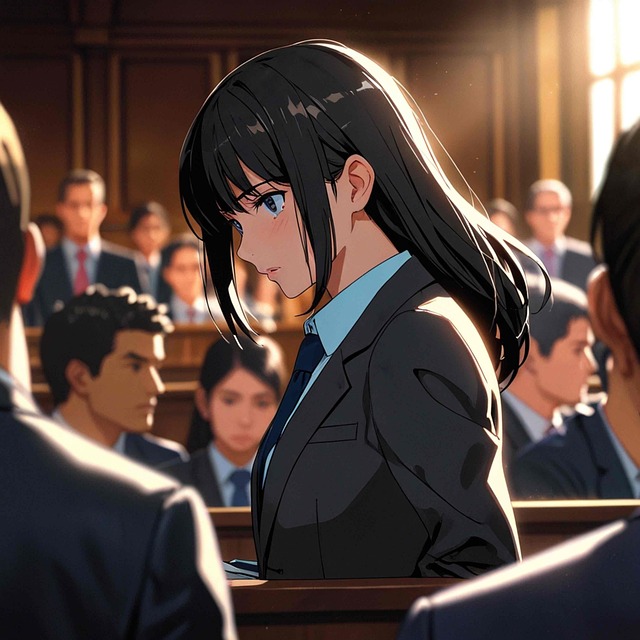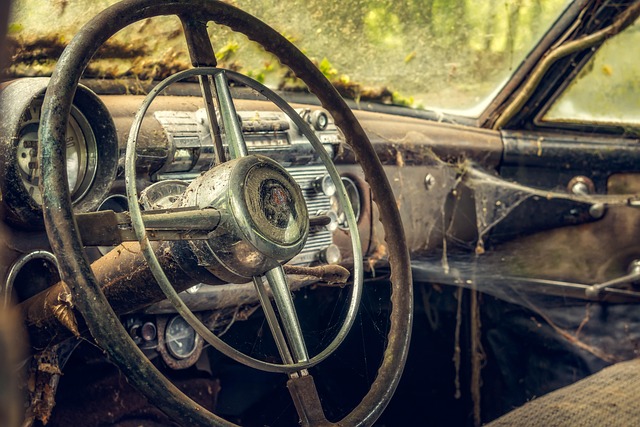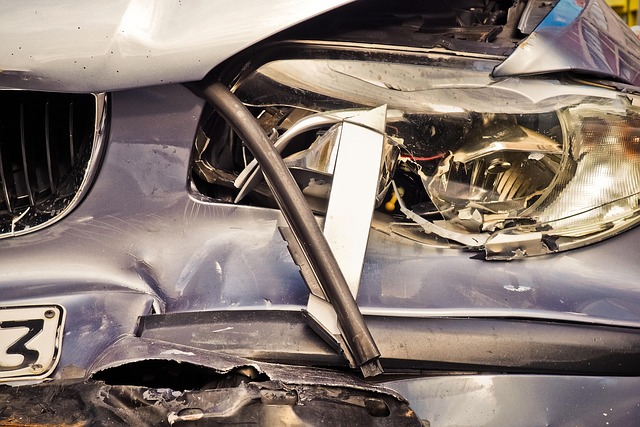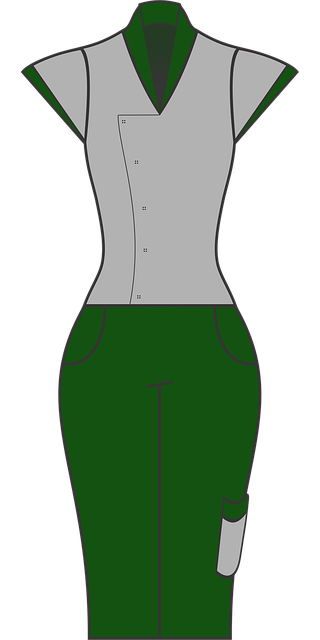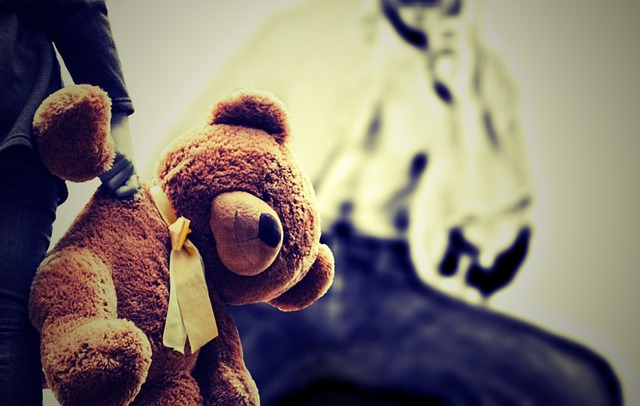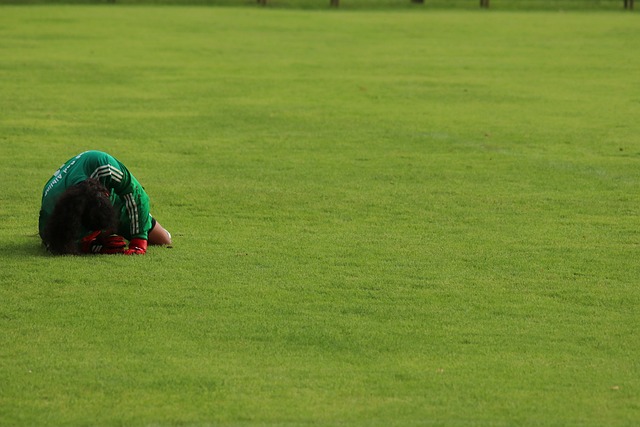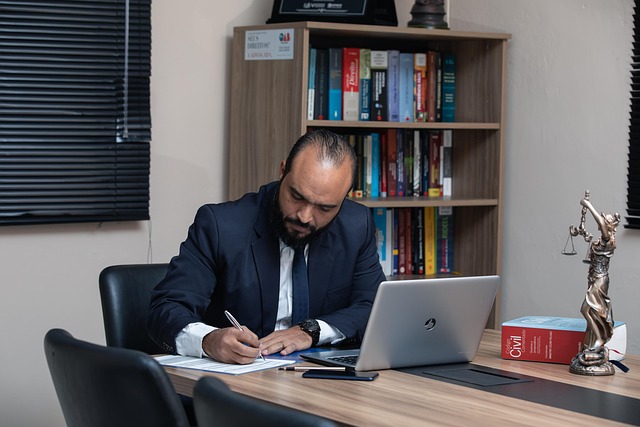Slip and fall incidents, caused by negligence, range from minor to severe injuries in public spaces or on private property. Legal implications are significant, especially in nursing homes or cases of breached fiduciary duty. To establish liability, key elements include proving a dangerous condition, owner knowledge, causation, and consulting an accident attorney. These incidents can lead to wrongful death lawsuits with potential compensation for damages, medical expenses, lost wages, pain, and suffering caused by property owner negligence.
“Slip and fall accidents, while seemingly mundane, can lead to significant legal ramifications, especially when negligence is involved. This comprehensive guide delves into the intricate details of slip and fall negligence, offering a clear understanding of its legal definition and implications. From defining common scenarios to exploring the crucial legal elements required to prove negligence, this article equips readers with essential knowledge. Additionally, we shed light on the consequences and responsibilities of property owners, emphasizing proactive measures to mitigate risks.”
- Understanding Slip and Fall Incidents: Definition and Common Scenarios
- Legal Elements of Proving Negligence in Slip and Fall Cases
- Consequences and Responsibilities: What Property Owners Need to Know
Understanding Slip and Fall Incidents: Definition and Common Scenarios

Slip and fall incidents are a common occurrence that can lead to serious injuries and legal repercussions, especially when negligence is involved. These incidents refer to situations where an individual slips, trips, or falls due to another party’s failure to maintain a safe environment. Whether it’s a slip on a wet floor in a store, a trip over an uneven pavement, or a fall from a stairwell at a residence, understanding the circumstances surrounding these events is crucial for determining liability.
Common scenarios often involve public spaces like supermarkets, restaurants, parks, or even residential properties where homeowners or property managers have a duty of care to ensure visitors’ safety. Caregiver negligence, particularly in nursing homes, can lead to severe slip and fall accidents due to inadequate supervision or poorly maintained facilities. Similarly, fiduciary duty breaches by individuals or organizations entrusted with another’s well-being may result in such incidents, highlighting the legal implications of negligence across various settings.
Legal Elements of Proving Negligence in Slip and Fall Cases
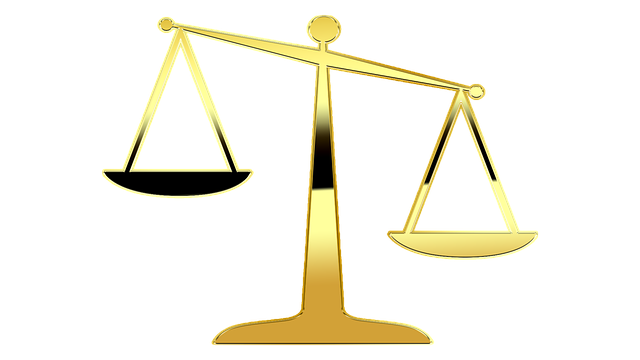
In slip and fall negligence cases, establishing liability requires demonstrating several key legal elements. The first step is to prove that a dangerous condition existed on the property. This could be an uneven pavement, a spilled substance, or any other obstacle that causes someone to trip, slip, or fall. Next, it must be established that the property owner or manager had either actual or constructive knowledge of this hazardous condition. Actual knowledge refers to situations where the owner is aware of the issue, while constructive knowledge involves scenarios where a reasonable inspection would have revealed the danger.
Additionally, the claimant needs to show that the dangerous condition was a direct cause of the injury suffered. This causal connection is crucial in slip and fall cases. If a person slips on a wet floor but had already been planning to visit the area for another reason, establishing negligence becomes more challenging. Finally, it’s essential to consult with a personal injury lawyer who can navigate employment disputes or complex truck accident scenarios, ensuring that all legal aspects of the case are considered in pursuit of compensation for damages incurred due to slip and fall negligence.
Consequences and Responsibilities: What Property Owners Need to Know

When a slip and fall incident occurs on someone else’s property, the consequences can be significant. Depending on the severity of the fall, individuals may suffer from physical injuries, ranging from minor bruises to severe fractures or head traumas. In extreme cases, a wrongful death lawsuit could be filed if the fall leads to fatal injuries. These accidents also come with legal responsibilities for property owners.
Property owners have a duty of care to ensure their premises are safe for visitors. This includes regular maintenance and repairs to prevent hazardous conditions, such as loose tiles, uneven surfaces, or spilled liquids. Failure to uphold this standard of care can result in breach of fiduciary duty towards guests or customers. In the event of a slip and fall, an accident attorney may represent the injured party, helping them to understand their rights and seek compensation for medical bills, lost wages, pain and suffering, and other associated damages stemming from the negligence of the property owner.
Slip and fall incidents, while common, can lead to serious injuries and legal consequences. Understanding the legal definition of slip and fall negligence is crucial for both victims seeking justice and property owners aiming to protect themselves. By recognizing the key elements of negligence—duty, breach, causation, and damages—individuals can navigate these cases effectively. Property owners must take responsibility for maintaining safe premises, while victims have the right to seek compensation for their injuries. Awareness of these legal principles is essential in ensuring fairness and accountability in slip and fall negligence claims.
